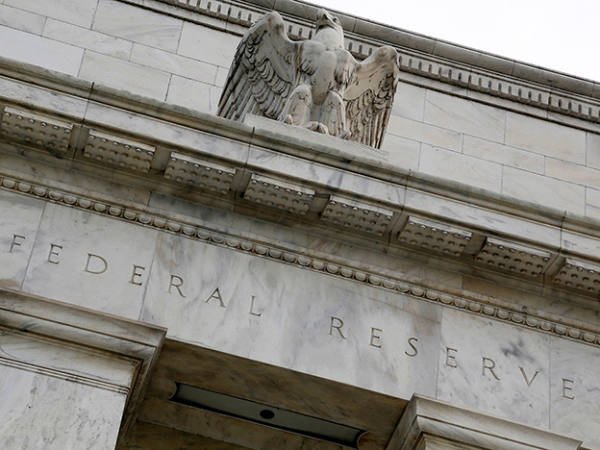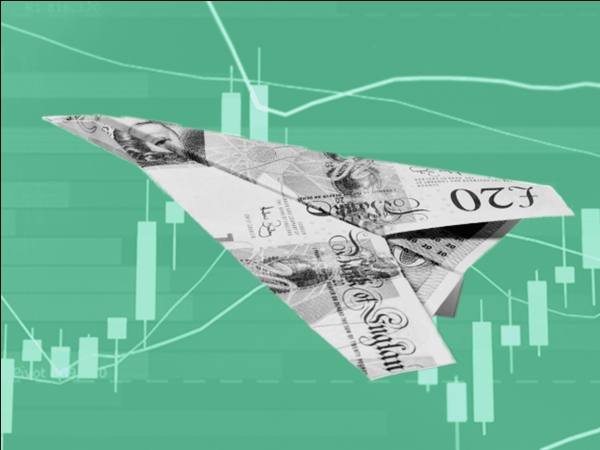We’re enjoying worldwide growth in output, next week’s figures should tell us.
Purchasing managers’ surveys on Friday are expected to show strong growth in manufacturing in the US and the eurozone – although the latter might be slightly slower than two months ago – and perhaps the strongest growth in China for six months, although this will still be weak. And official Japanese figures should show a rise in industrial production, confirming its uptrend.
We should see more good news in the US. Friday’s non-farm payrolls numbers should see another net rise of over 200,000, which could push the unemployment rate down to 4.2 per cent, its lowest since 2000. Partly because of this, the Conference Board is likely to say on Tuesday that consumer confidence is close to a 16-year high. Such confidence might be reflected in house price data the same day, which should show annual price growth of just under 6 per cent – enough to suggest consumers are confident, but not so much as to suggest there’s a bubble.
This growth is not (yet) igniting inflation. Friday’s figures should show that, despite low unemployment, annual wage growth is stable at around 2.5 per cent.
The UK is partly sharing in this upturn. Purchasing managers should report good manufacturing growth here, too.
However, the cheer is not spreading to the whole economy. On Thursday, GfK could report that consumer confidence has fallen to its lowest level since late 2013, no doubt reflecting the squeeze on real wages.
This lack of confidence might be seen in other data. The Bank of England could report a fall in both mortgage applications and consumer credit – although annual growth in the latter will be around 10 per cent. And we could also see a cooling in the housing market. The Nationwide could say that house price inflation slowed this month to around 2.5 per cent, implying no growth in real terms.
We might also see a hint at what might become another problem. On Thursday, official figures might show that core CPI inflation in the eurozone area has risen to 1.4 per cent. In itself, this isn’t a concern; it’s still below target. However, the rate is trending up despite the fact that unemployment is still around 9 per cent. This suggests that – in sharp contrast to the US and UK – the region’s 'natural' rate of unemployment is high. This might in future give the European Central Bank a dilemma: whether to tighten monetary policy even though unemployment is high.










